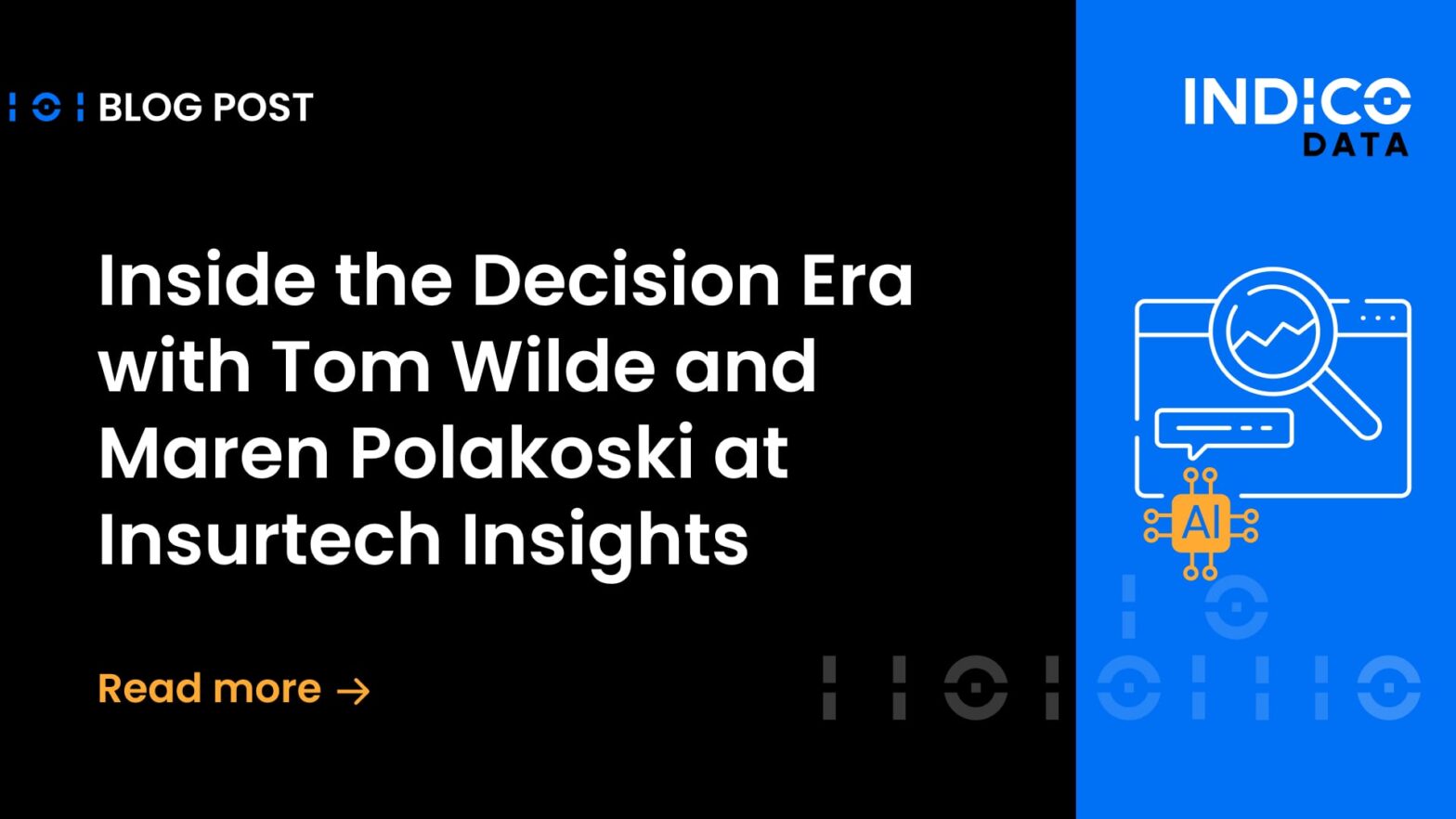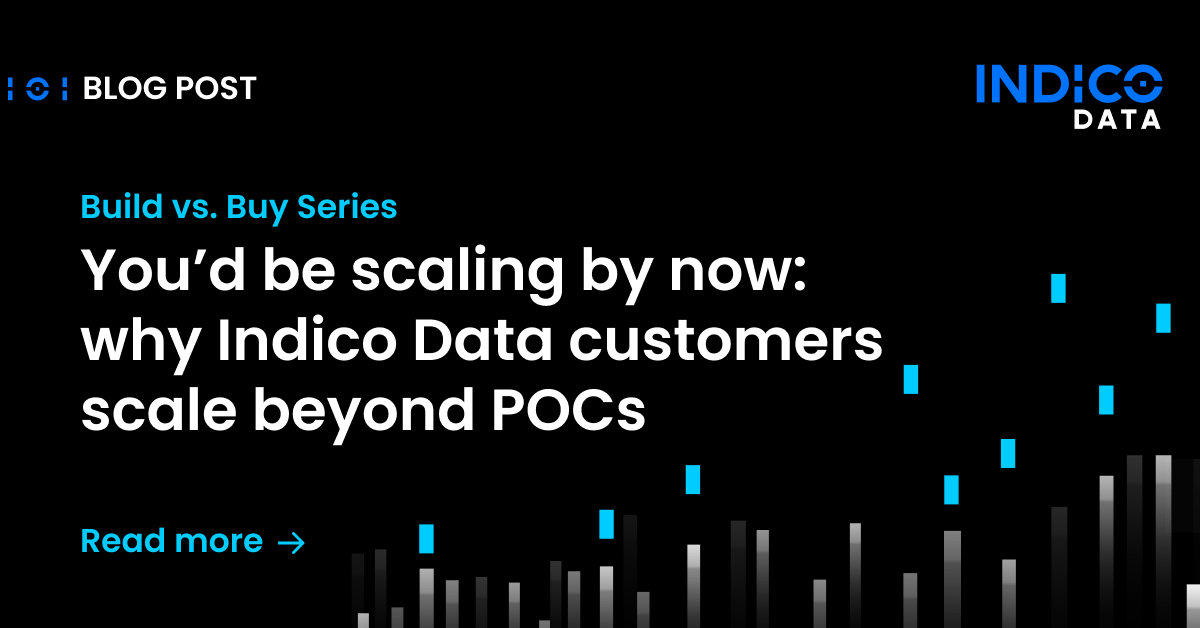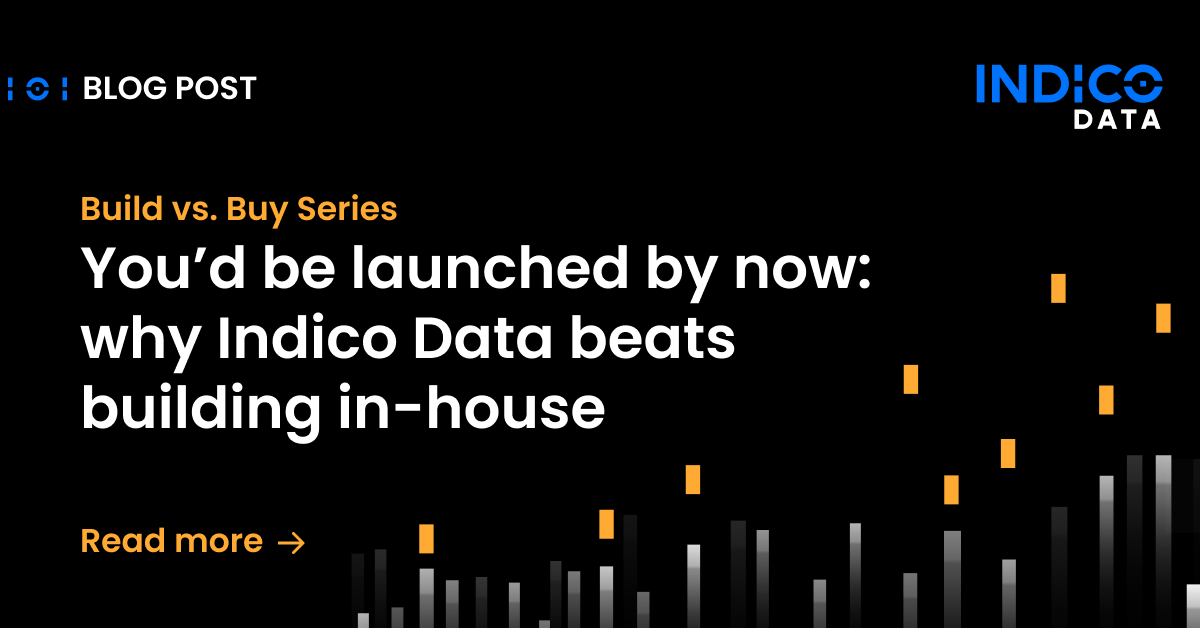A good part of the reason commercial insurance companies suffer from underwriting leakage is because examining each broker submission takes too much time. A solution lies in using artificial intelligence to help automate the insurance submission triage process, enabling the same staff to handle more submissions.
The traditional submission triage process is highly manual. An insurance submission request comes in from a broker in the form of an email, with one or more attachments. Often, it’s a single attachment that contains numerous discreet documents, such as an ACORD form, statement of value, perhaps a free-form letter and some custom forms.
An associate must pore over all of these documents, plus the email text, to discern whether it’s new business or a renewal, then identify and extract key data from each document. In addition to basics like name and address, that includes data that will be crucial to the underwriting decision-making process, including risk amount, loss history, last claim and so on.
Given the sheer size of these submissions, that triage process can take significant time, making it difficult for insurance companies to give appropriate attention to each submission before deciding whether it’s a good fit. Indeed, as many as 60% of submissions may not be processed at all; hence, underwriting leakage and opportunity lost.
Related content: How partnerships help drive underwriting transformation and automate the insurance submission process
Automating insurance submission triage
Applying artificial intelligence technologies such as natural language processing (NLP) and machine learning can help change that equation. Such technologies make it possible to largely automate commercial underwriting triage processes. With the proper tools, you can train such automation models to look for and identify the same sorts of things your employees do in order to classify documents and extract relevant data.
Let’s consider the classify and unbundle step in the triage process. Normally, an associate would look at a broker submission email and open the PDF attachment. After looking at each component, the associate can discern an ACORD form from a statement of value, custom form or the like.
How are insurance associates able to do this? Because they have seen the same forms hundreds or thousands of times. They simply know what to look for in order to identify any given type of form.
With an AI-based unstructured data intake platform, insurance companies can create models that perform the same function. And the models are trained in largely the same way as your associates. Give the platform 200 or so ACORD forms and tell it what to look for in order to identify it as an ACORD form, using a simple labeling system to denote relevant fields. The result will be a model that can identify an ACORD form with a high degree of accuracy.
Related content: How intelligent document processing reduces risk for insurance companies
AI models and unstructured insurance data forms
The same sort of process applies to training AI models to identify and extract relevant data fields. Using that same simple labeling system, your employees mark up a couple hundred documents to show the model which sorts of data to extract. That “which sorts of data” is important. This is not a templated approach to automation, where you’re telling the model exactly where to look for a given data field. Rather, you’re training the model to look for a certain type of data, no matter where it may fall on the form.
Consider a social security number, for example. A model that can only identify a social security number when it’s in the same place every time won’t be able to find it on a custom form. But an AI-based model that uses technology like NLP will be able to find that number no matter where it may be.
The same goes for any number of other pieces of data that are important to the insurance submission and underwriting process. Give the model actual documents to train on, tell it what to look for by labeling those documents, and pretty soon you’ll be achieving underwriting automation and relieving associates from much of the drudgery of the underwriting triage job. Instead, your associates will then work alongside the automation tools, jumping in when the tool needs help and lending feedback that improves the model over time. And they’ll have time for more strategic, higher-value work.
That’s the promise of AI when it comes to the insurance submission triage process, and it’s being realized by insurance companies today to reduce underwriting leakage and increase profitability. Learn more about how the Indico Unstructured Data Platform can do the same for you: check out our reference guide on property & casualty insurance, contact us with any questions, or schedule a demo.
Related content: Underwriting Automation for Insurance Providers


